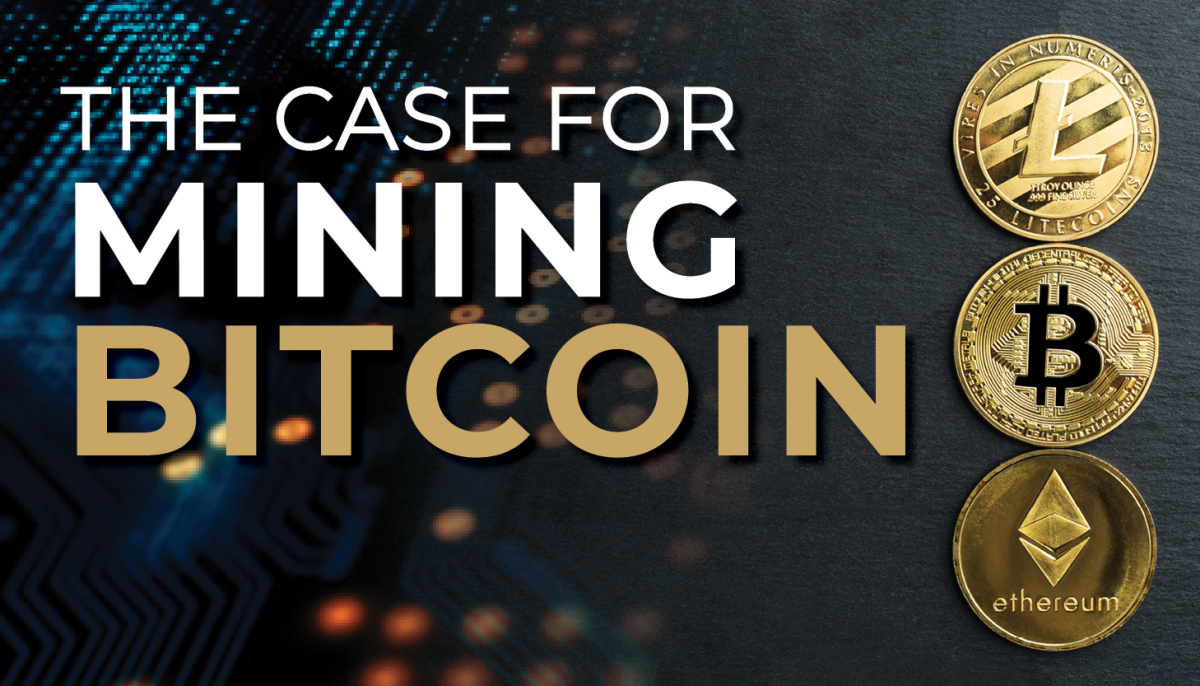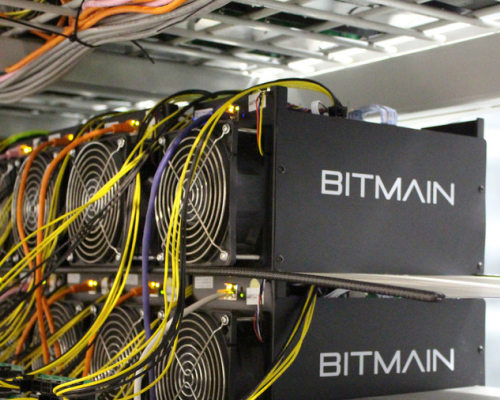
written by Tristan Amzallag, Crypto Asset Specialist
SINCE 2017,
There’s been a consistent refrain from the anti-Bitcoin crowd as a means to discredit the new technology: “Bitcoin mining uses the same amount of energy as a small country, and for no reason!” This rhetoric has picked up steam lately from lawmakers and concerned environmentalists worldwide, who worry that our precious resources are being used needlessly and are making our lives worse through environmental damage. In NY specifically, Gov. Kathy Hochul has gone so far as to place a moratorium on any new Bitcoin mining operations that rely on fossil fuels to operate. While this might sound like a good idea for the environment in the short term, it might be more detrimental for NY in the long term.
Bitcoin mining globally has been estimated to use about the same amount of energy as the country of Norway or Argentina. In the US alone, mining Bitcoin has been estimated to produce 25 million tons of CO2 a year; so the environmentalists do have legitimate reasons for their concerns. However, as with everything else in the world, it’s a more nuanced problem that requires a deeper look into the world of Bitcoin mining.
ABOUT BITCOIN MINING
At its core, Bitcoin mining is a race between machines. These machines are set to the task of securing the data on the network by solving the ubiquitous equation released to the network every ten minutes; And when faced with a race, humanity always innovates to win.
Mining power is calculated in Hash per seconds (H/s). One Hash is one guess at the solution to the current problem. The early miners were just computer nerds and gamers who had powerful CPUs like an intel i7 3400 series which produced 0.89 Mh/s (Megahash/second) = 890,000 H/s. The CPU was able to throw 890,000 guesses to the problem every second. By contrast, it’s been calculated that a human can work at 0.67 hash/day. CPUs are very energy efficient, so this early mining process was fairly innocuous to the environment. Plus there weren’t many people doing it back in 2010.

The next generation of miners came about shortly after, having innovated a way to leverage their gaming graphics cards to mine Bitcoin during times when they were sleeping and not gaming. Graphics cards were able to produce over 100,000,000 H/s and therefore made CPU mining obsolete and crowned GPU as the best but more energy intensive way to mine Bitcoin.
This graphics card solution was quickly innovated into irrelevance however, by the arrival of ASIC machines in 2013. ASIC stands for Application Specific Integrated Circuit, which means: microchips are developed for a specific mathematical application and nothing else. They can’t run Windows, they can’t play games or even tell you that 1+1=2; they just do 1 thing and they do it well! In the case of Bitcoin, these ASICs can calculate a guess to the problem faster than any other hardware.
The leading developer of mining ASICs is Bitmain. Founded by Micree Zhan and Jihan Wu in 2013, their first ASIC was the S1 and it could produce 180GH/s (gigahash/second) = 180,000,000,000 H/s, but only used 200W of power, similar to a graphics card but 100x more powerful. In 2023, ASICs have become the only way to mine bitcoin as they are too powerful to compete with using any other available hardware.
Bitmain has innovated their way to an ASIC capable of producing around 100 TH/s (Terahash/second): the S19. That’s 100 trillion guesses a second! And Bitmain isn’t done innovating; The S19Hyd (short for Hydro) uses water cooling technology to push the S19 to 230TH/s. However to achieve that performance the machine uses 35 times more power than the original S1, and twice as much as a regular S19.
WHAT MINING BITCOIN BRINGS TO THE TABLE
At the core of this short history lesson is the continued innovation that has taken place in order to keep winning the Bitcoin race. Having a better performing ASIC isn’t the only way to win at the race however—miners have also been innovating on the energy production side in order to reduce their cost to mine as much as possible.
After the boom of 2021, it was clear that Bitcoin was here to stay and a lot more money poured into the industry. In Texas, there are a number of solar powered mining centers that have sprung up. These centers are working with the local governments to make their electricity generation available to the grid.
The Texas electrical grid is also benefitting from a surge in Bitcoin mining as grid miners are investing in better materials and grid expansion to accommodate their power needs. This investment will benefit homeowners and businesses alike by reducing inefficiencies and making electrical power delivery more robust. The state is taking further steps to work with miners so that they may assist in times of crisis such as the winter of 2021 when Texas experienced multiple blackouts due to an ice storm. Solar power farms would be able to shift that power from Bitcoin mining to powering homes when traditional power stations freeze up, for example.
In fact, a recent 2021 study revealed that 58.5% of all Bitcoin mining happened using renewable energy. Due to the market price stability of green energy, miners are gravitating to it as a means to get control over their cost of goods sold in times of volatility. This is only helping to fuel investment and innovation into the green energy sector.
Miners are also innovating in areas where the business has all but died but the infrastructure remained. Bitcoin mining is ideal in such places as abandoned warehouses, factories and mills where large amounts of unused power capacity exists but is all but forgotten about. Restarting operations in those areas can lead to a revitalization of the local towns and municipalities by producing jobs, educating workers and generating tax revenue from a new and growing tech industry.
Innovation can happen in many different ways. There have been reports of Bitcoin miners in the US and abroad using waste heat from their machines to warm their pools, with one such idea being used to aid the public by providing a year round heated public access swimming pool. I, myself, once used the heat from my basement mining operation to warm my home through the winter.
Bitcoin mining isn’t the first time humans have “wasted energy” in pursuit of something crazy either. During the 1960's, space race, a considerable amount of fuel was used to get astronauts off the planet. One mission alone would use up to 3,500 tons of liquid oxygen and kerosene, all in an effort to do something many believed was impossible. Today we can see all the benefits “wasting” that energy brought us through such innovations as satellites, GPS, digital imaging, water filtration, and even memory foam. Who knows what innovations Bitcoin mining may bring about in 50 years!
This is where NY is short sighted in its attack on Bitcoin mining. Bitcoin is here to stay; it has been adopted as currency by some countries and is mined in almost every country in the world. In NY, The Greenidge Generation Power Plant recently restarted operations as a Bitcoin mine. This is a coal fire plant which means that it flies directly in the face of NY's push for greener energy production. In a move against the industry, Gov. Hochul passed a bill that required all new Bitcoin mining operations that leverage fossil fuels, to undergo an environmental review over a period of 18 months. By starting down the road of banning or limiting Bitcoin mining in NY, we are driving business in a nascent industry out of the state and into the arms of many other welcoming states where investment will draw talent and innovation to it and create the energy products of the future.
THE BENEFITS OF BITCOIN, DESPITE THE IMPACT
Bitcoin can be used as currency, a store of value and even borrowing collateral these days. It is programmable which allows friction to be removed between business parties. When Bitcoin is used as collateral in a DeFi contract for example, you remove the need for the middle-men. We would save a lot of energy and time by removing the need for these “trust” parties when conducting business.
As a store of value, Bitcoin has been likened to gold, but mining gold isn’t exactly green. A quick Google search returned this quote: “Gold mining is one of the most destructive industries in the world. It can displace communities, contaminate drinking water, hurt workers, and destroy pristine environments. It pollutes water and land with mercury and cyanide, endangering the health of people and ecosystems.” Gold miners have dumped 180 million tons of toxic waste chemicals into water systems throughout the world. While Bitcoin mining certainly isn’t green either, it’s not dumping toxic chemicals into people’s drinking and farming water.
Bitcoin is trustless and permissionless and secure, something our current fiat system executes poorly or not at all. All of these features are expensive to maintain in the fiat world. Banks require workers to travel everyday to their branches to help customers move money. Something Bitcoin does easily. Banks and financial institutions use server farms to track all their financial data and then even more farms to store it all. Bitcoin does this naturally. Cybersecurity experts work tirelessly to thwart constant attacks on their centralized systems. Bitcoin uses decentralized miners and nodes to secure itself. Auditors spend time and resources to help keep track of all the financial activity happening around the world. Bitcoin does this natively.
If we look back at where we started: “Bitcoin mining uses the same amount of energy as a small country, and for no reason!”, we can clearly begin to see the fallacies of this statement. While the first part is true, Bitcoin mining does use a lot of energy, it’s not a fair comparison when looking at all the combined uses of energy the fiat system uses. And Bitcoin mining is certainly not for nothing; Bitcoin provides banking facilities to the unbanked the world over, it provides a safe haven from the ravishes of inflation, and gives people a means to secure and transport their wealth easily. Bitcoin and Bitcoin mining are innovating the future of money, energy and security. Those seem like good reasons to participate in it, rather than shut it down.
You too can participate in this monetary and energy revolution. There are a few mining operations listed on the stock market that you can invest in: Riot Blockchain (RIOT), Marathin Digital Holdings (MARA), HUT8 (HUT), HIVE Blockchain Technologies (HIVE) are some of the largest farms in the world and their stock is up some 50% to 80% for the year but still currently undervalued due to the crypto winter we are experiencing. I’m here to reassure you that you haven’t missed the boat just yet.